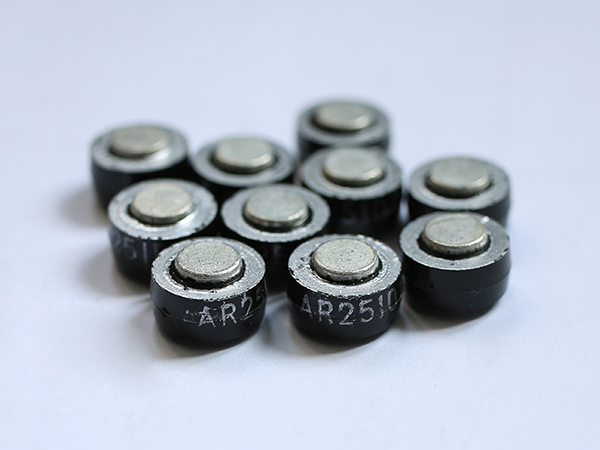Published time:2022-06-28 traffic:
1) Stable voltage uz
The stable voltage is the working voltage of the zener diode in the reverse breakdown region and the voltage value at both ends of the tube. This value slightly changes with the working current and temperature. Even with the same type of Zener diode, the stable voltage value has certain dispersion. For example, the stable voltage of 2cw14 silicon zener diode is 6-7.5v.
2) Temperature coefficient
The change of temperature will change VZ. In the regulator, when | VZ | & gt; At 7V, VZ has a positive temperature coefficient, and the reverse breakdown is avalanche breakdown. When | VZ | & lt; At 4V, VZ has a negative temperature coefficient, and the reverse breakdown is zener breakdown. When 4V & lt| Vz|< At 7V, the regulator can obtain a temperature coefficient close to zero. Such a zener diode can be used as a standard Zener tube
3) Stable current iz
Minimum stable current izmin, large stable current izmax stable current: the reverse current when the working voltage is equal to the stable voltage; Minimum stable current: the minimum reverse current required when the zener diode operates at a stable voltage; Maximum stable current: the maximum reverse current allowed by the zener diode.
The concept of dynamic resistance RZ is the same as that of general diode, except that the dynamic resistance of Zener diode is obtained from its reverse characteristic. The smaller the RZ, the steeper the breakdown characteristics of the regulator. rz=△Vz/△Iz
4) Dissipated power PZ
When the reverse current passes through the PN junction of the zener diode, a certain power loss will occur, and the temperature of the PN junction will also rise. The dissipation power of the tube is determined according to the allowable operating temperature of the PN junction. Usually, the small power tube is about several hundred milliwatts to several watts. Maximum dissipation power pzm: it is the maximum power loss of the regulator, which depends on the area of the PN junction, heat dissipation and other conditions. In reverse operation, the power loss of the PN junction is PZ = VZ * IZ, and izmax can be determined by pzm and VZ.
Zener diodes are widely used. It seems that the application is very simple, but if you don't pay attention to it, it is very easy to damage. The following are some considerations for selection:
1. Multiple zener diodes can be used in series, but due to the large dispersion of diode parameters, they cannot be used in parallel.
2. The zener diode pin must be welded at the place 5mm away from the tube shell, and it is better to use an electric soldering iron less than 30W for welding. If 40-75w electric soldering iron is used for welding, the welding time shall not exceed 8-10s. Try to use solder wire with internal solder for welding, and do not use large solder and rosin.
3. In order to compensate the voltage temperature coefficient of the zener diode, the zener diode can be used in series with the silicon diode (including the silicon zener diode). The number of forward diodes in the series should not exceed three, and it can also be used in series with a special temperature compensation tube.
4. Temperature has great influence on the characteristics of semiconductor devices. When the ambient temperature exceeds 50 ℃, the maximum dissipation power shall be reduced by 1% for every 1 ℃ increase in temperature.

Jiangsu Shunye Electronics Co., LTD
Company address:No. 18, Changfeng Road, Rulin Industrial Park,Jintan District, Changzhou City, Jiangsu Province, China Wechat
Wechat
 Mobile station
Mobile station